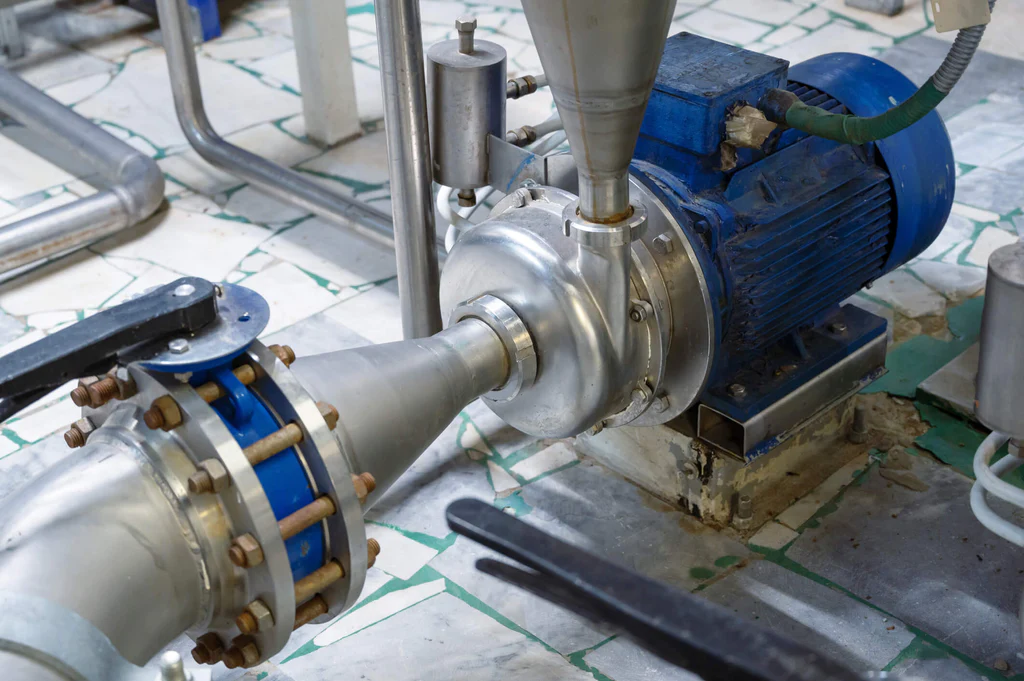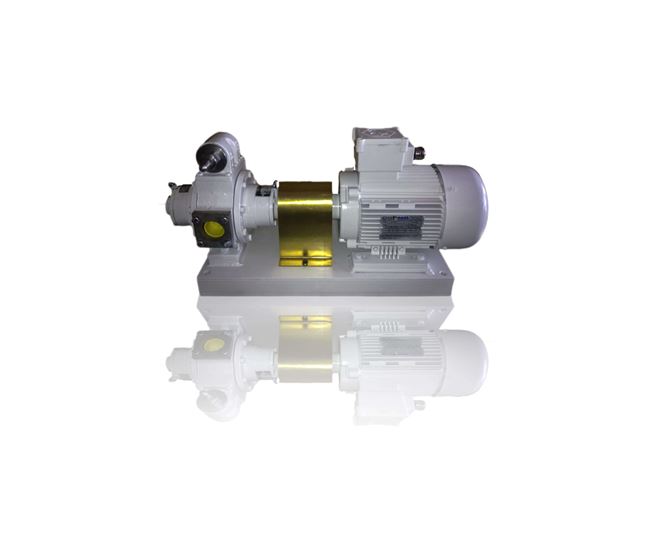Product Description
Product Parameters
| Model | RS-1 | RS-1.5 | RS-2 | RS-3 | RS-4 | RS-6 | |||||||
| Voltage | 110V/60HZ | 220V/50HZ | 110V/60HZ | 220V/50HZ | 110V/60HZ | 220V/50HZ | 110V/60HZ | 220V/50HZ | 110V/60HZ | 220V/50HZ | 110V/60HZ | ||
| Pumping Speed(CFM) | 3 | 2.5 | 4 | 3.5 | 5 | 4.5 | 7 | 6 | 9 | 8 | 12 | ||
| Ultimate Vacuum | Pa | 5 | 2 | 2 | 2 | 2 | 2 | ||||||
| M | 15 | 15 | 15 | 15 | 15 | 15 | |||||||
| Rotating Speed(rpm) | 1720 | 1440 | 1720 | 1440 | 1720 | 1440 | 1720 | 1440 | 1720 | 1440 | 1720 | ||
| Power(HP) | 1/4 | 1/3 | 1/3 | 1/2 | 3/4 | 1 | |||||||
| Oil Capacity(ml) | 220 | 225 | 250 | 250 | 300 | 450 | |||||||
| Dimension(mm) | 260*110*240 | 275*115*240 | 290*120*240 | 310*125*255 | 360*135*270 | 430*142*280 | |||||||
| Weight(kg) | 6 | 6.5 | 9.5 | 10 | 11 | 19 | |||||||
| Model | 2RS-0.5 | 2RS-1 | 2RS-1.5 | 2RS-2 | 2RS-3 | 2RS-4 | 2RS-5 | ||||||||
| Voltage | 110V/60HZ | 220V/50HZ | 110V/60HZ | 220V/50HZ | 110V/60HZ | 220V/50HZ | 110V/60HZ | 220V/50HZ | 110V/60HZ | 220V/50HZ | 110V/60HZ | 220V/50HZ | 110V/60HZ | 220V/50HZ | |
| Pumping Speed(CFM) | 2 | 1.5 | 3 | 2.5 | 4 | 3.5 | 5 | 4.5 | 7 | 6 | 12 | 10 | 14 | 12 | |
| Ultimate Vacuum | Pa | 2*10-1 | |||||||||||||
| M | 1.5micron | ||||||||||||||
| Rotating Speed(rpm) | 3500 | 2800 | 3500 | 2800 | 3500 | 2800 | 3500 | 2800 | 3500 | 2800 | 1720 | 1440 | 1720 | 1440 | |
| Power(HP) | 1/4 | 1/3 | 1/3 | 1/2 | 3/4 | 1 | 1 | ||||||||
| Oil Capacity(ml) | 250 | 250 | 330 | 330 | 370 | 550 | 550 | ||||||||
| Dimension(mm) | 280*110*215 | 280*110*215 | 290*115*220 | 290*115*220 | 360*135*275 | 430*142*280 | 430*142*280 | ||||||||
| Weight(kg) | 8.5 | 9 | 9.5 | 10 | 12.5 | 20 | 20 | ||||||||
Product Description
The pump is used to remove gas from sealed containers of basic equipment, it can be used alone, can also be used as backing pump for booster pump, diffusion pump, molecular pump, maintenance pump, titanium pump pre-pumping pump. Can be used in the manufacture of electric vacuum devices, vacuum welding, printing, plastic, refrigeration equipment repair and food instrument supporting, etc. Small size, light weight, low noise characteristics of a wide range of applications.
Company Profile
Packaging & Shipping
FAQ
Q1. What is your products range?
• Industry water chiller, recirculating cooling chiller, rotary evaporator, alcohol recovery equipment, short path distillation kit, glass molecular distillation equipment, falling film evaporator, jacketed glass reactor and other lab equipment.
Q2. Are you trading company or manufacturer?
• We are professional manufacture of lab equipment and we have our own factory.
Q3. Do you provide samples? Is it free?
• Yes, we could offer the sample. Considering the high value of our products, the sample is not free, but we will give you our best price including shipping cost.
Q4. Do you have warranty?
• Yes, we offer 1 year warranty for the spare part.
Q5. How long is your delivery time?
• Generally it is within 7 working days after receiving the payment if the goods are in stock. Or it is 15 working days if thegoods are not in stock, depending on order quantity.
Q6. What is your terms of payment?
• Payment≤15,000USD, 100% in advance. Payment≥15,000USD, 70% T/T in advance, balance before shipment.
(If you are concerned about payment security for the first order, we advise you can place Trade Assurance Order via Alibaba. you will get 100% payment refund if we can’t meet agreed delivery time.)
/* January 22, 2571 19:08:37 */!function(){function s(e,r){var a,o={};try{e&&e.split(“,”).forEach(function(e,t){e&&(a=e.match(/(.*?):(.*)$/))&&1
| After-sales Service: | Online Service Support |
|---|---|
| Warranty: | 1 Year |
| Oil or Not: | Oil |
| Customization: |
Available
|
|
|---|
.shipping-cost-tm .tm-status-off{background: none;padding:0;color: #1470cc}
| Shipping Cost:
Estimated freight per unit. |
about shipping cost and estimated delivery time. |
|---|
| Payment Method: |
|
|---|---|
|
Initial Payment Full Payment |
| Currency: | US$ |
|---|
| Return&refunds: | You can apply for a refund up to 30 days after receipt of the products. |
|---|

Can Rotary Vane Pumps Handle Corrosive Gases or Vapors?
Rotary vane pumps are generally not suitable for handling corrosive gases or vapors due to their construction and materials. Here’s a detailed explanation:
– Construction: Rotary vane pumps consist of a rotor with vanes that slide in and out of slots within the rotor. The pumping chamber is sealed by these vanes, creating the necessary vacuum or pressure. The internal components of rotary vane pumps are typically made of materials such as cast iron, steel, or aluminum. While these materials are suitable for many applications, they may not withstand the corrosive effects of certain gases or vapors.
– Corrosion Concerns: Corrosive gases or vapors can react with the internal components of the pump, leading to material degradation, erosion, or chemical reactions. This can result in the formation of deposits, pitting, or damage to the pump’s surfaces. Corrosion can compromise the pump’s performance, efficiency, and longevity. In some cases, it can also introduce contaminants into the pumped medium, affecting the quality of the process or downstream equipment.
– Material Compatibility: The compatibility of the pump’s internal materials with the corrosive gases or vapors is a critical consideration. Many corrosive gases or vapors require specialized materials such as stainless steel, Hastelloy, or other corrosion-resistant alloys to withstand their effects. Rotary vane pumps typically do not have internal components made from these materials, making them unsuitable for handling corrosive substances.
– Alternative Solutions: If corrosive gases or vapors need to be handled, alternative pump technologies specifically designed for such applications may be more appropriate. For example, chemical-resistant pumps made from materials compatible with the corrosive substances, such as diaphragm pumps, magnetic drive pumps, or certain types of centrifugal pumps, are commonly used. These pumps incorporate corrosion-resistant materials and specialized sealing mechanisms to ensure safe and reliable operation.
– Protective Measures: In some cases, it may be possible to use rotary vane pumps for applications involving mildly corrosive gases or vapors by implementing protective measures. This can include installing chemical traps or filters in the pump system to remove or neutralize corrosive substances before they reach the pump. However, the effectiveness and feasibility of such measures depend on the specific application and the level of corrosion resistance required.
It’s important to consult with pump manufacturers or industry experts to determine the most suitable pump technology for handling corrosive gases or vapors. They can provide guidance on selecting the appropriate pump materials and design to ensure safe and efficient operation in corrosive environments.
Overall, while rotary vane pumps offer many advantages in various applications, they are generally not recommended for handling corrosive gases or vapors due to the potential for material damage and performance degradation. Using pumps specifically designed for corrosive applications is crucial to maintain operational integrity and prevent costly failures.

Can Rotary Vane Pumps Create a Deep Vacuum?
Rotary vane pumps are capable of creating a vacuum, but the depth of the vacuum they can achieve is limited compared to other types of vacuum pumps. Here’s a detailed explanation:
Rotary vane pumps utilize a positive displacement mechanism to create a vacuum. As the rotor rotates, the vanes slide in and out of the rotor slots, creating expanding and contracting chambers. This action allows the pump to draw in gas or fluid from the inlet port and then expel it through the outlet port.
While rotary vane pumps can achieve relatively high vacuum levels, they are not typically designed to create extremely deep vacuums. The ultimate vacuum level that a rotary vane pump can achieve depends on several factors, including the specific pump design, the quality of the sealing surfaces, the lubrication system, and the operating conditions.
In general, rotary vane pumps can achieve vacuum levels in the range of a few millibars (thousandths of atmospheric pressure) or slightly lower. However, they may struggle to reach the ultra-high vacuum levels required in certain applications, such as semiconductor manufacturing or scientific research.
For applications that demand deeper vacuums, other types of pumps, such as turbomolecular pumps or cryogenic pumps, are typically employed. These pumps are specifically designed to operate in the high-vacuum or ultra-high-vacuum range and can achieve significantly lower pressures than rotary vane pumps.
It’s important to consider the specific requirements of your application when selecting a vacuum pump. If you need to create a deep vacuum, you may need to explore alternative pump technologies that are better suited to achieve the desired vacuum level.
In summary, while rotary vane pumps can create a vacuum, their capability to achieve deep vacuums is limited compared to specialized high-vacuum pumps. The ultimate vacuum level achievable with a rotary vane pump depends on various factors, and if ultra-high vacuum levels are required, alternative pump technologies should be considered.


editor by Dream 2024-04-29
by
Tags:
Leave a Reply